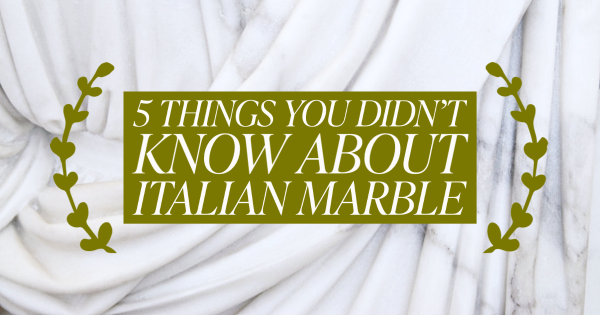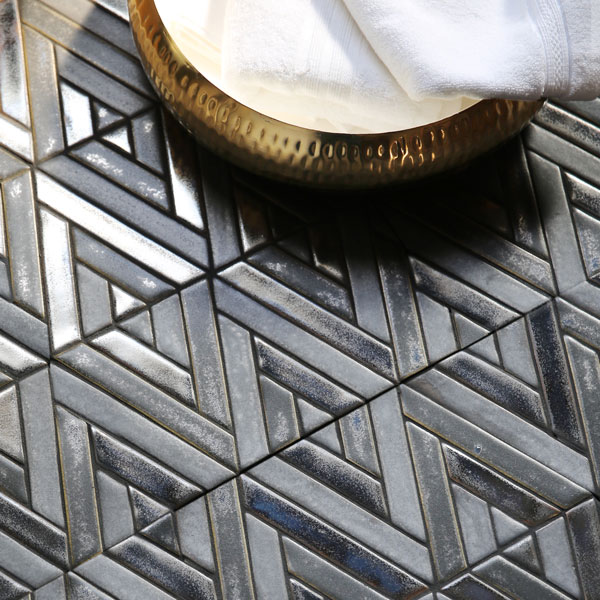It’s more fun to add to your home than it is to maintain it. We all know what we need to do in order to maintain our houses, but the fact is that it’s often easier to spend time on changing things like countertops and paint colors than it is to spend time and money on repairing your roof or plumbing. It’s no wonder that homeowners typically spend more on home improvement projects than they do on home maintenance projects. It’s estimated that for every $1 spent on home maintenance, a homeowner will spend $5 on home improvements. Of course, these improvements hardly constitute money spent in vain. They can add a great deal of value to a home and create the aesthetic appeal that you want.
Perhaps one of the most coveted materials in terms of home improvements is Italian marble. These stone slabs can be applied to a lot of different projects, being used to create countertops, fireplaces, and even floor tiles. In fact, this type of marble has been used for a prolonged period of time, and with good reason. Below are some of the things you may not know about Italian marble, and what you should know.
1. It Was Used to Carve Michelangelo’s David
Think about it this way: it’s no wonder that so many homeowners love Italian marble. They probably figure that if it’s good enough for Michelangelo, it’s certainly good enough for them! Although Michelangelo was a multi-talented artist, perhaps his favorite medium was sculpture, and most of his sculptures were made of Italian marble. His David, one of the most iconic works of art in the world, was made from Carrara marble.
Apparently, the block of marble that was selected by Michelangelo had been sitting neglected for 25 years. The block of marble also had imperfections that Michelangelo had to carve around. This was a testament to his talent as an artist and his abilities. His David looks completely flawless and is perhaps one of the best examples of marble work to this day. Although it may seem odd to view the marble used for countertops as the same type of marble used to carve this statue, they are in fact the same materials.
2. Italy Exports Marble Across the World
Italian marble isn’t only used in the United States; it is also used across the world, as Italy actually exports various types of marble to 140 different countries. On a general level, Italy is the second biggest exporter of marble in the world, which means that much of this luxury natural stone comes from the country. An estimated $424.6 million worth of Italian marble is exported out of Italy on an annual level.
The reasons why are manifold. Many believe, with good reason, that Italy simply has a better handle on marble than other nations. Italy has enough quarries to supply all of those 140 countries, and for that matter, Italian marble experts are able to ensure that their buyers are getting the best quality marble possible.
3. Italy Offers Different Types of Marble
Italy offers many different types of marble. There is not a single type of Italian marbles that buyers source from the country. In general, there are three types of Italian marble that are most popular. These include Carrara marble, which was the type of marble Michelangelo used to carve his David; Calacatta marble, and Statuario marble. All of these natural stone slabs are classified as white marbles, and all technically come from the quarries of Carrara in Tuscany.
4. Italy Uses Traditional Quarrying Methods
Like many older countries, Italy has discovered a tradition that it can rely upon when sourcing its resources. The country has used specialized types of cutting and carving techniques for centuries, and they show no sign of changing them anytime soon.
5. Rome Used Marble First
Although the Carrara quarries in Tuscany are now most popular, ancient Rome used Italian marble first. Marble was used to craft both works of art and remarkable buildings in the ancient civilization.
Italy has had centuries to hone its craft when it comes to marble. Therefore, it’s no surprise that people still want Italian marble to this day; and they’ll continue to want it for years to come.



